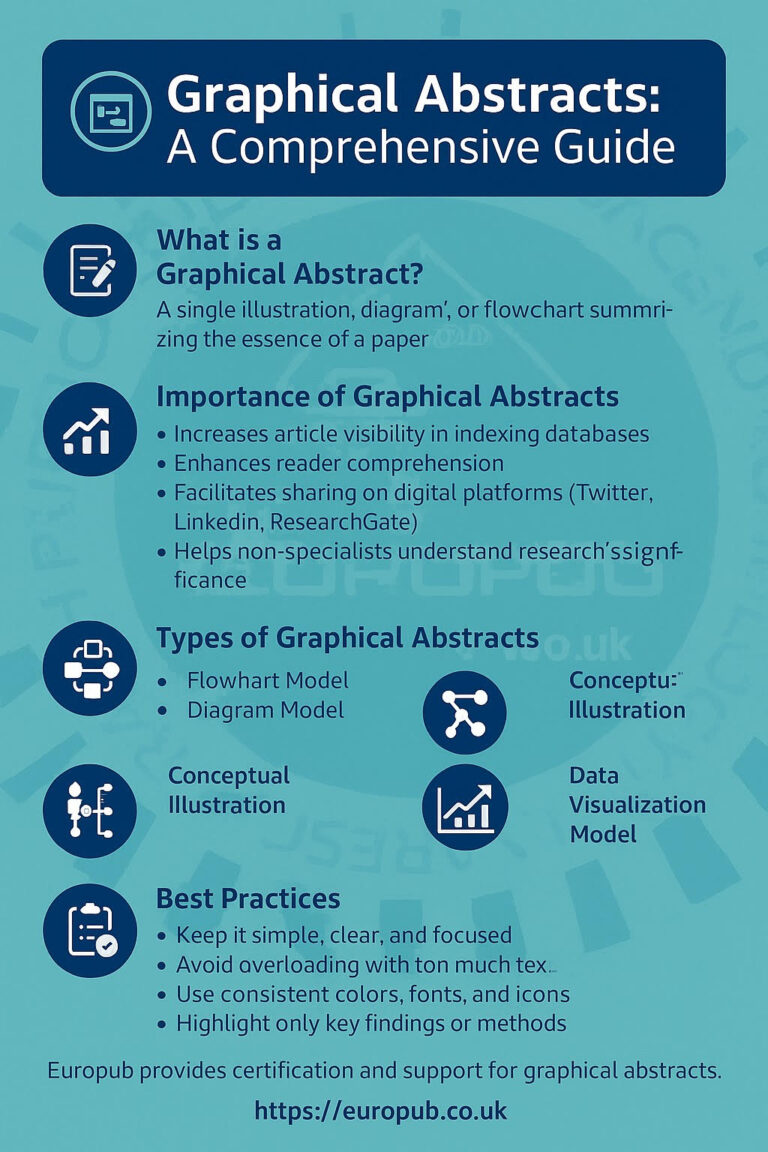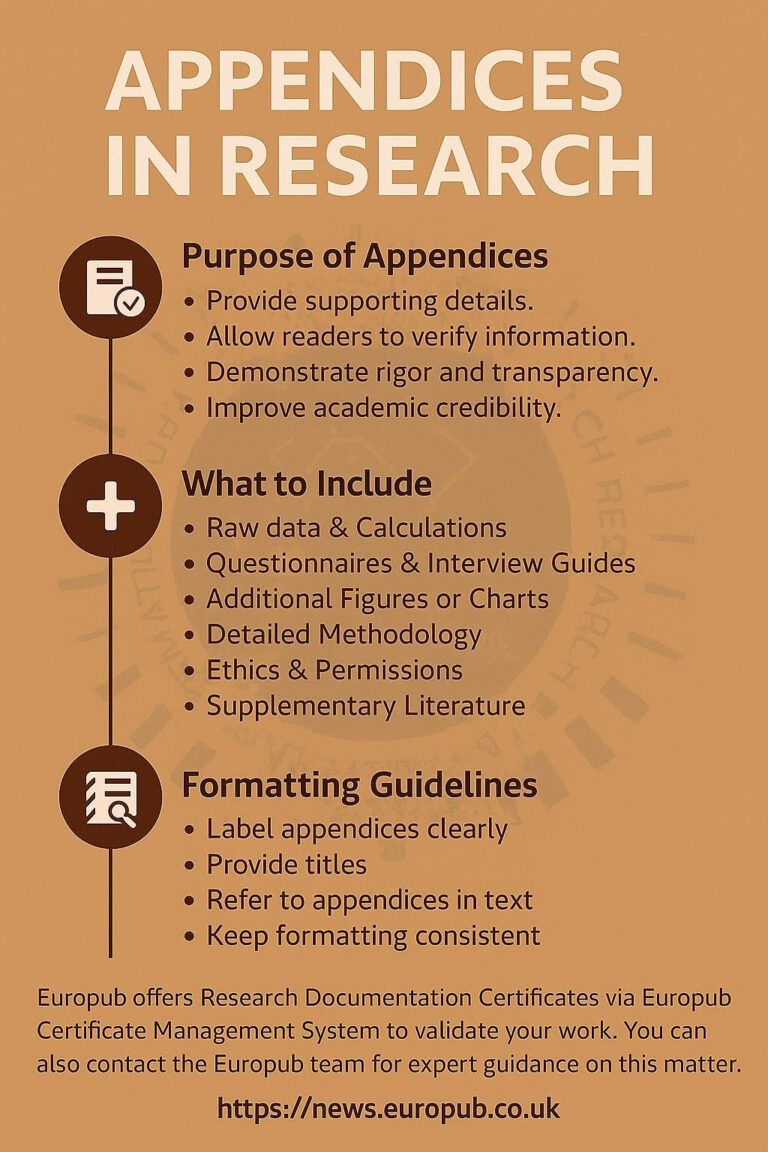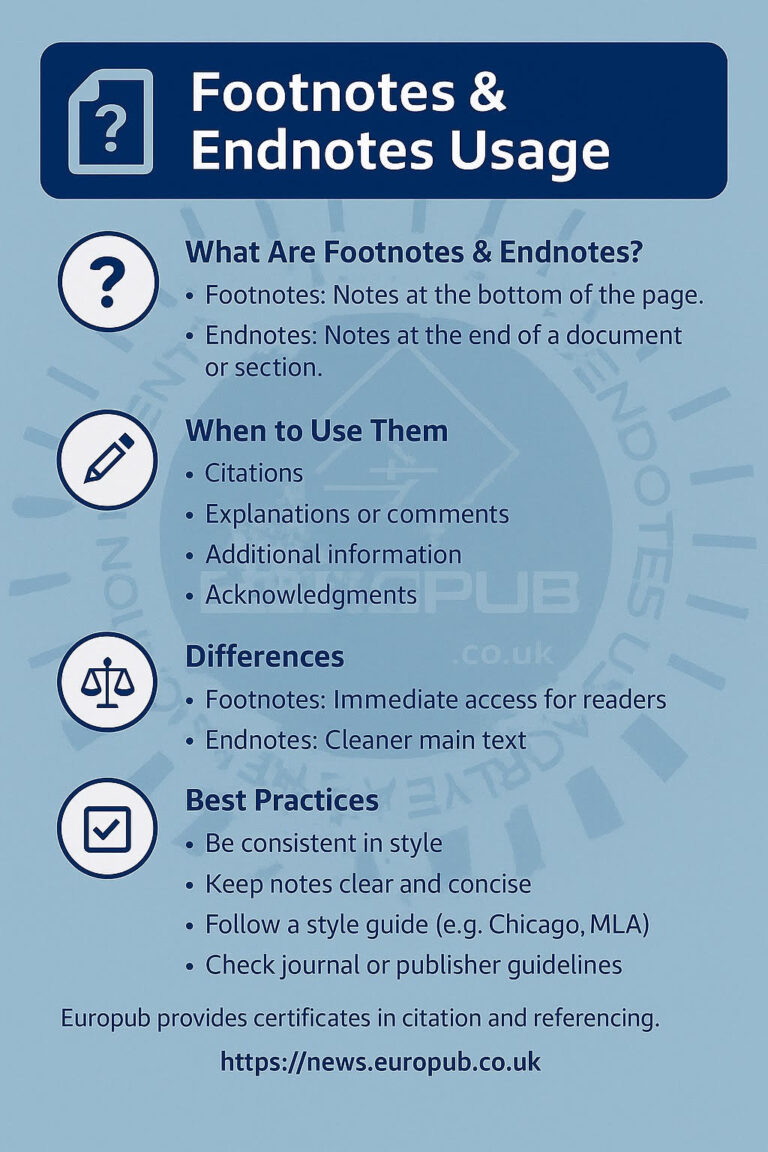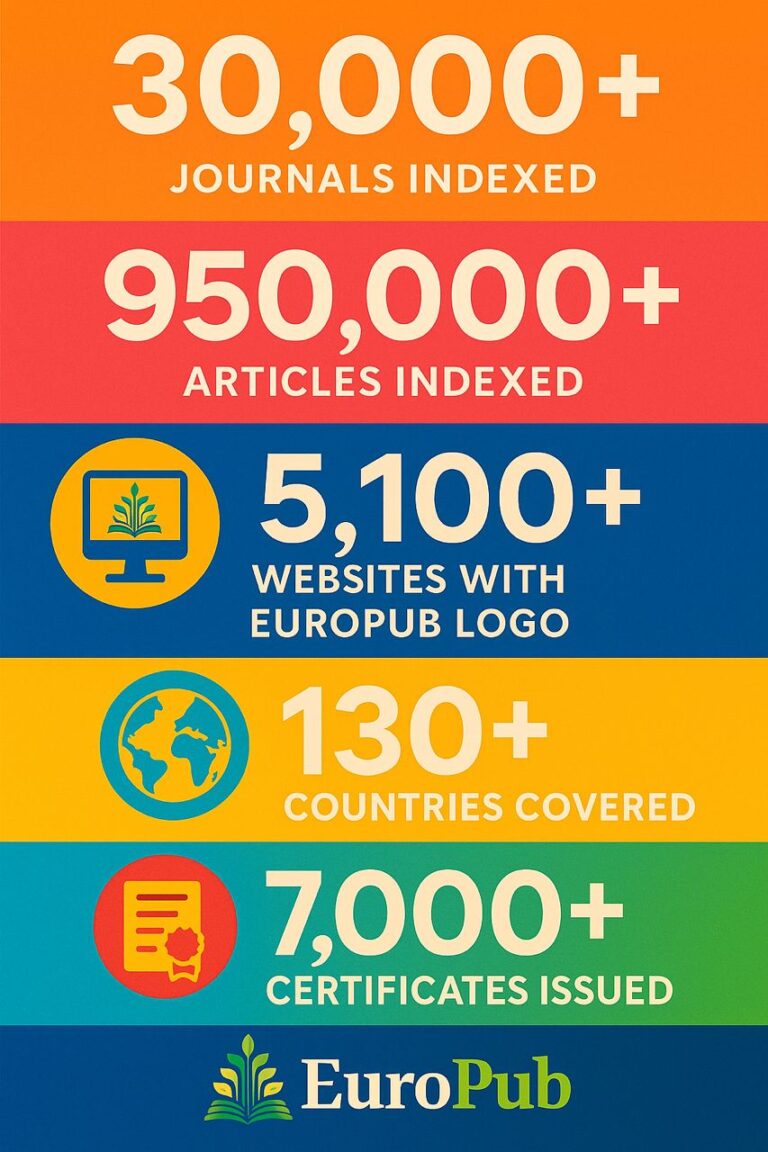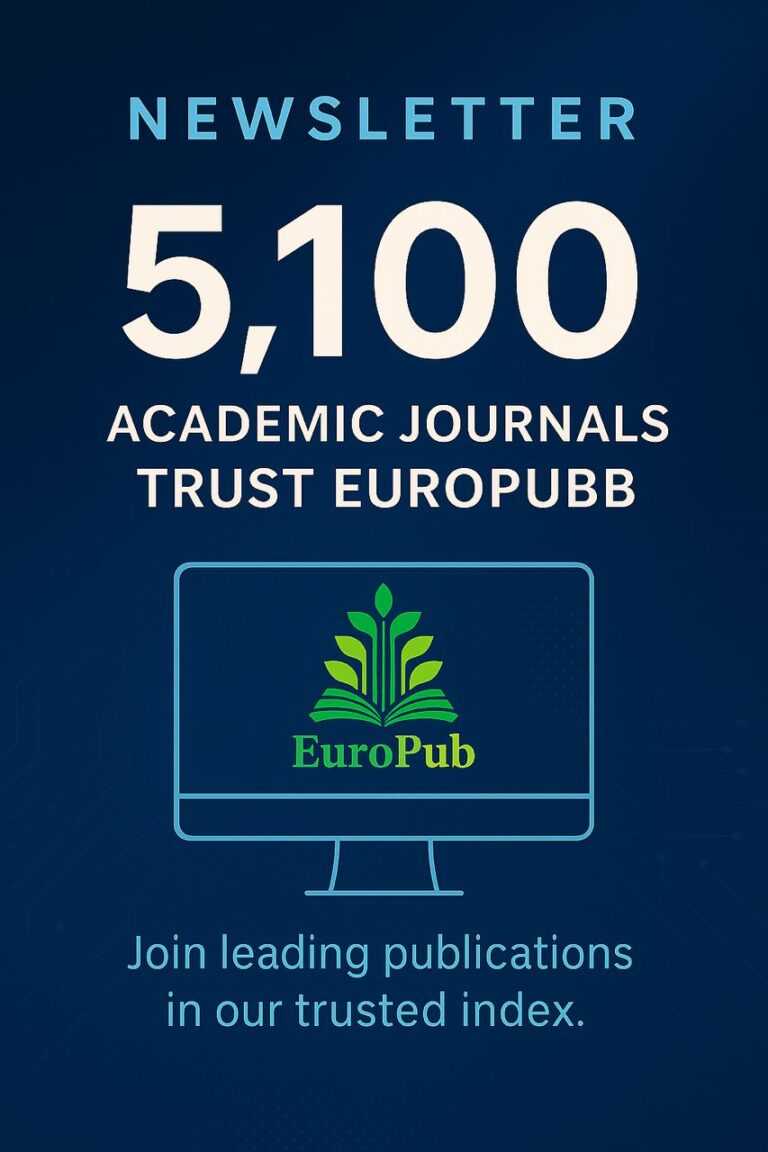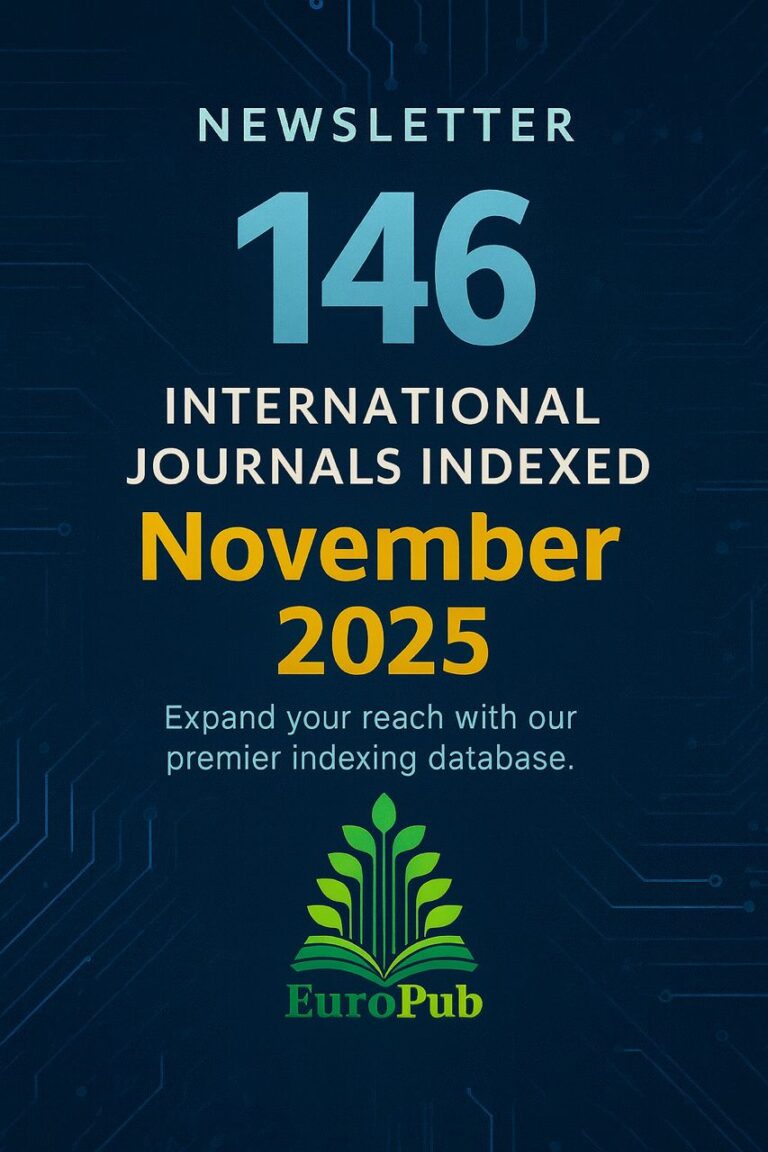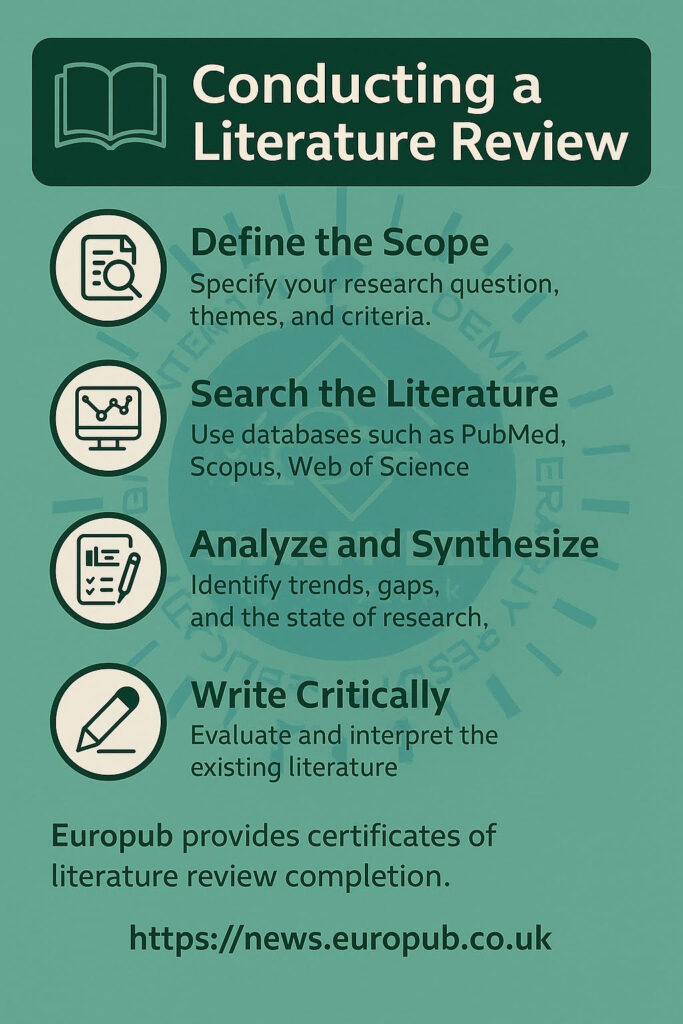
Introduction
A literature review is not just a summary of articles—it is a critical analysis and synthesis of existing research related to a specific topic. It demonstrates that you:
- Understand the current state of knowledge.
- Can identify research gaps.
- Are aware of key debates, trends, and methodologies.
For students, PhD candidates, and researchers, mastering the art of a literature review is essential. It serves as the foundation of your research project, guiding your methodology and ensuring your study contributes something new.
Why Literature Reviews Are Essential
- Contextualization – Places your study within the broader academic conversation.
- Gap Identification – Helps you find areas where knowledge is missing or inconsistent.
- Avoids Redundancy – Prevents repeating research that has already been done.
- Strengthens Research Design – Informs your methodology and data analysis.
- Increases Credibility – Shows reviewers that you have done your homework.
Types of Literature Reviews
- Narrative Review – Summarizes existing research without systematic methods.
- Systematic Review – Uses structured search and inclusion/exclusion criteria.
- Meta-analysis – Combines quantitative findings statistically.
- Scoping Review – Maps the breadth of literature on a broad topic.
- Critical Review – Goes beyond summary to provide critical evaluation.
Step-by-Step Guide to Conducting a Literature Review
Step 1: Define Your Scope
- What is your research question?
- What are your key variables or themes?
- What time frame and geography will you cover?
Step 2: Search the Literature
Use reputable databases:
- Scopus
- Web of Science
- PubMed (for health sciences)
- JSTOR, Google Scholar (for humanities and general topics)
Step 3: Screen and Select Sources
Apply inclusion and exclusion criteria:
- Only peer-reviewed journals?
- Specific time range (last 10 years)?
- Exclude non-English studies (if necessary)?
Step 4: Organize with Reference Managers
- Mendeley
- Zotero
- EndNoteThese tools help you save, cite, and organize references.
Step 5: Analyze & Synthesize
- Identify trends: Are results consistent or contradictory?
- Look for gaps: What remains unanswered?
- Group studies by themes or methodologies.
Step 6: Write Critically, Not Descriptively
 “Study A found X. Study B found Y.”
“Study A found X. Study B found Y.”
 “While Study A suggests X, Study B contradicts this with Y, indicating a lack of consensus in the field.”
“While Study A suggests X, Study B contradicts this with Y, indicating a lack of consensus in the field.”
Common Mistakes to Avoid
- Turning the review into a summary list without synthesis.
- Using only Google Scholar instead of specialized databases.
- Missing seminal works or the latest studies.
- Failing to organize the review around themes and debates.
Tools for Better Literature Reviews
- PRISMA Flow Diagram – For systematic reviews.
- VOSviewer – For citation network mapping.
- NVivo – For qualitative coding of literature.
- Connected Papers – To explore related research visually.
Real-Life Example
A doctoral student studying renewable energy adoption first wrote a scattered literature review. After restructuring it around themes (policy, economics, social attitudes, technology adoption), the review became publishable as a standalone article in an indexed journal.
Practical Checklist
 Scope defined and clear.
Scope defined and clear.
 Comprehensive database search.
Comprehensive database search.
 Relevant, high-quality sources selected.
Relevant, high-quality sources selected.
 Organized with a reference manager.
Organized with a reference manager.
 Themes identified and synthesized.
Themes identified and synthesized.
 Critical evaluation presented.
Critical evaluation presented.
Europub Certification & Guidance
Once your literature review is complete, Europub offers an official:
 Literature Review Completion Certificate via the Europub Certificate Management System.
Literature Review Completion Certificate via the Europub Certificate Management System.
This certificate:
- Confirms that your review meets academic standards.
- Strengthens your thesis, dissertation, or article submission.
- Enhances your academic CV.
 Apply here: https://cms.europub.co.uk
Apply here: https://cms.europub.co.uk
 Main site: https://europub.co.uk
Main site: https://europub.co.uk
 News & updates: https://news.europub.co.uk
News & updates: https://news.europub.co.uk
 You can also contact the Europub team for expert guidance in planning, structuring, and finalizing your literature review.
You can also contact the Europub team for expert guidance in planning, structuring, and finalizing your literature review.
Conclusion
A literature review is more than a formality—it is the academic backbone of your research. By analyzing existing studies critically, identifying gaps, and organizing your findings thematically, you build a strong case for your research project. With Europub’s certification and expert support, you can ensure your review is both academically rigorous and globally recognized.
